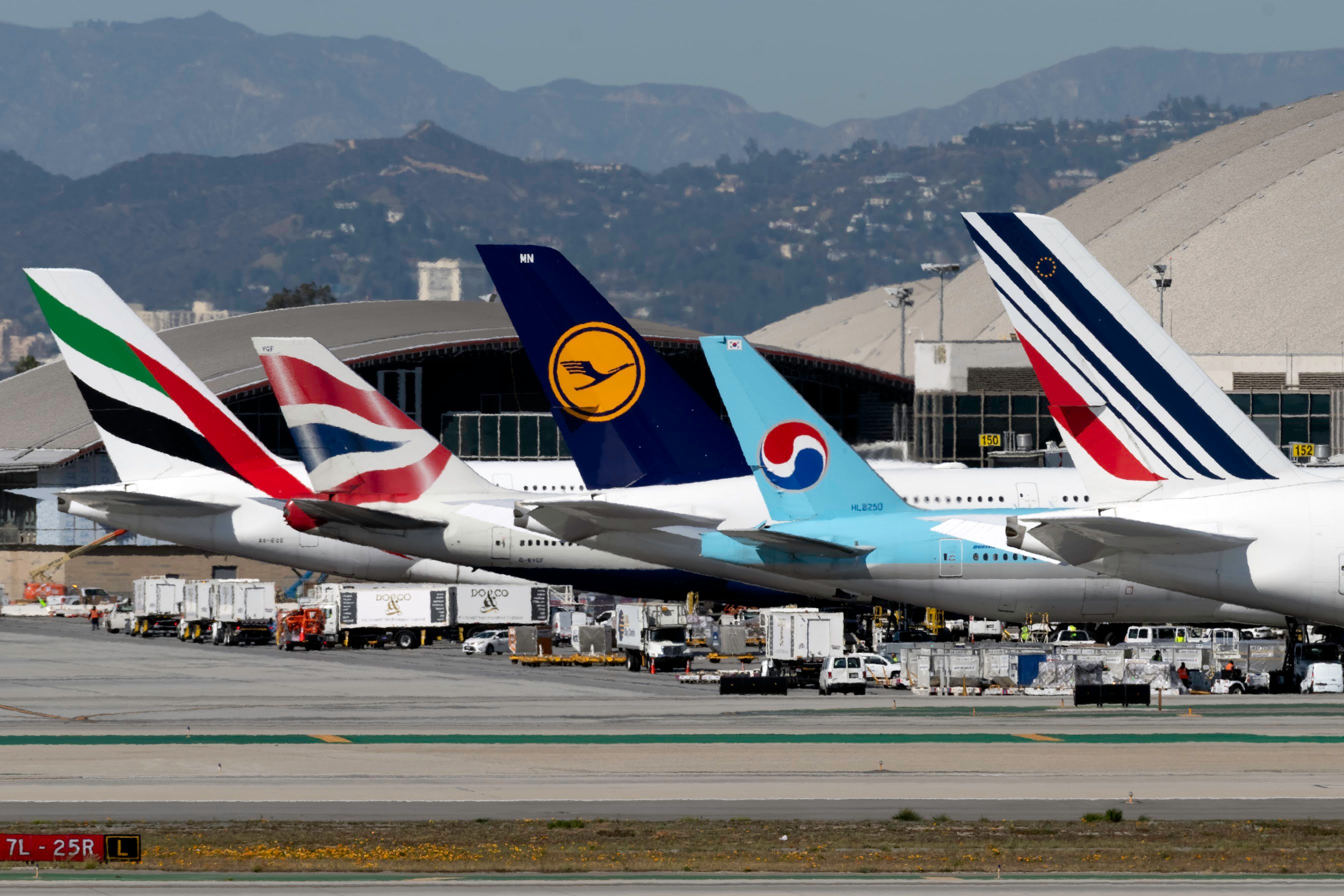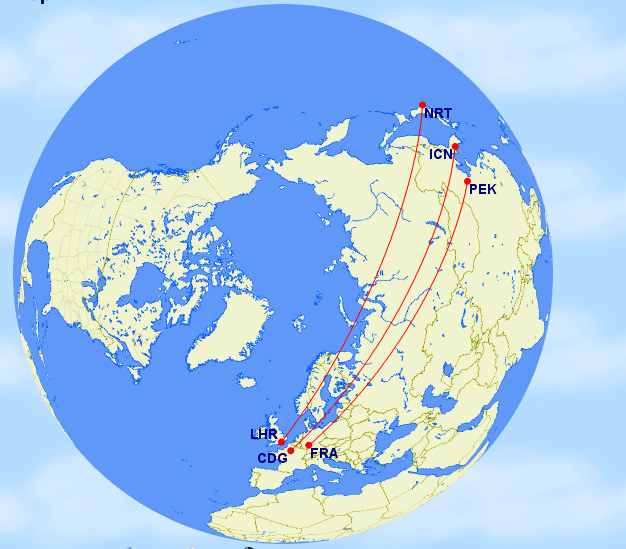The last few days have seen a flurry of sanctions levied against Russia for its invasion of Ukraine, including the closure of airspace to the country's airlines. Russia has responded in kind, leaving carriers to reroute flights and facing a future with many destinations canceled. Here's a look at the impact that airspace closure will have on air travel.
Longer
As the war in Ukraine enters its fourth day, Western nations are stepping up economic sanctions. Airspace closures have been vital to the response, with the UK and EU both banning Russian airlines from overflying or entering their territory. Russia has already responded in kind to the UK and will almost certainly make the same decision for EU carriers in the coming days, leaving both sides with a highly restricted route map.
European airlines are already feeling the pain from these changes. Connections to East Asia, including important destinations Tokyo, Seoul, Beijing, Shanghai, and Hong Kong, are in peril due to the closure, and carriers have already announced suspensions. Given Russia's sheer size, avoiding the territory while flying to Asia is nearly impossible without taking an expensive, long, and circuitous route.
Finnair has already announced that its vast Asian network will come to a halt with an airspace ban. This will be a massive loss for the carrier, which has built a large network of cities (seven in China alone) for one-stop connections across Europe in recent years. Virgin Atlantic has also paused one route after Russia's ban, while British Airways is rerouting its limited flights to keep service ongoing currently. However, it's clear that connectivity is at serious risk.
Not one-sided
However, the sanctions won't only affect one side of the table. Russian airlines will be hit hard by the airspace ban. Aeroflot has canceled all flights into Europe and will be forced to take long routes for short-haul international flights. Services to North America will be affected too, as access to Canada, Nordic countries and Greenland will be cut off, forcing Aeroflot to add several hours if it wants to continue flying. Traveling in and out of much of the western world is set to get a lot harder, exactly what the economic sanctions are targeting.
Keen observers may have drawn parallels with the Cold War, which saw Soviet airspace closed to the West, leading to complex routes and one-stop connections to reach much of Asia. So will this be making a comeback?
Waiting on the US
The biggest player to make a decision on airspace closure is the US. If it decides to follow its European allies, airlines will be forced to return to Alaska and other cities on the West Coast to fly to East Asia. While aircraft range has improved since the 1980s, only a few planes can fly the Pacific route without a stop. For now, passengers in Europe need to brace for longer flights when flying eastward, while airlines anxiously wait for the fallout of Russia's invasion of Ukraine.


